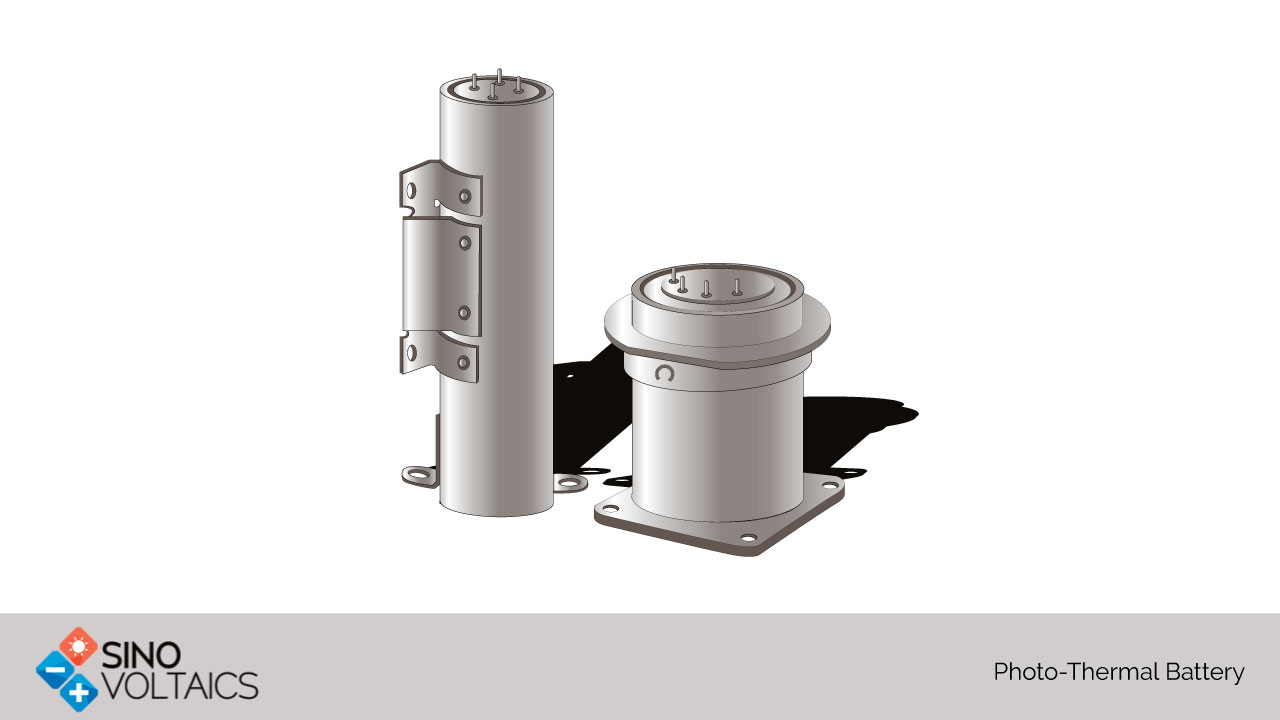Nickel Cadmium Batteries
HVAC System
Stationary Energy Storage
Thermal Run Away
Standards for Lead-Acid Batteries
Standards for Lithium-ion Battery
LTO batteries
Solid-state Li-ion batteries
[...]
 Advantages and Disadvantages
One of the advantages of this polymer battery is that in the process there are no bye-products. That means better efficiency of storage and retrieval. Since the active material is common and cheap, the cost of storage is going to be low. And, of course, at an energy density comparable to the Lithium ion battery which is currently the hot favorite. The storage and retrieval need no wiring and conditioning equipment because there is no electricity involved. The disadvantage is, of course, that at the end of 2017, the photo-thermal battery is still in the lab.
Advantages and Disadvantages
One of the advantages of this polymer battery is that in the process there are no bye-products. That means better efficiency of storage and retrieval. Since the active material is common and cheap, the cost of storage is going to be low. And, of course, at an energy density comparable to the Lithium ion battery which is currently the hot favorite. The storage and retrieval need no wiring and conditioning equipment because there is no electricity involved. The disadvantage is, of course, that at the end of 2017, the photo-thermal battery is still in the lab.
